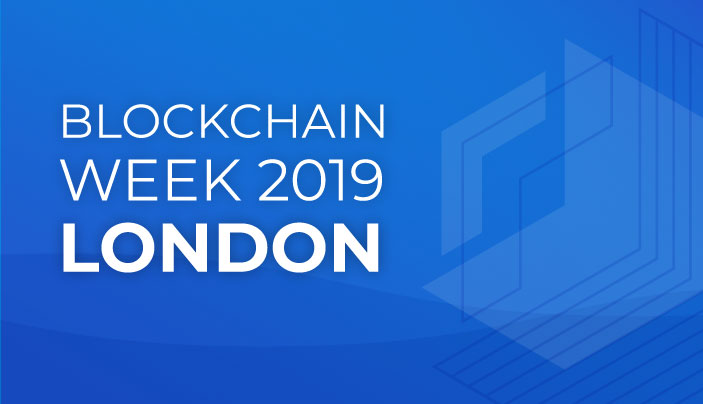Cryptocurrency and blockchain enthusiast communities have made it clear that they are not waiting on the “blessing” of legacy institutions – they’re ready to make the revolution happen now. At the London Blockchain Week at Tower Bridge, crypto-believers in the form of researchers, thought leaders, investors, and consultants shared their thoughts, exploring real-world use cases for the technology – and how its communities could help.
(As with my colleague Steve’s account of the Satoshi Roundtable, the following reflects the Chatham House spirit of the event, discussing the topics and ideas without disclosing the names.)
One conversation about consumer information security and custodianship stands out in my memory. Artificial intelligence (AI) and machine learning (ML) protocols are more efficient at navigating and discovering solutions with consumer data than humans alone could be, especially when considering market factors. One speaker suggested marrying these technologies with blockchains to discover what economic models are most appropriate in a given situation without needing to let such an experiment run its course for too long.
This community is not just playing with magic internet money. It’s trying to solve the world’s biggest economic issues through a powerful new technology.
Focus on Ancillary Applications
In addition to the usual applications that blockchain companies are exploring — commerce, affinity, logistics, identity, and professional services — there were some interesting new entrants to the scene. One example was an organization attempting to combat patent trolls through a sort of options insurance policy.
Heads down: A Time to Build and a Time to Consolidate
If 2017 and 2018 were the years of a Cambrian Explosion of vitality into the industry, 2019 might be seen as the “Cambrian Consolidation.” This is not necessarily a bad thing. What we’re seeing now is trial by fire for many projects, the natural course of an evolving space. Projects and companies that can adapt to new environments will survive, the others won’t.
We have seen several notable acquisitions in recent history. Circle bought Poloniex, and Kraken recently acquired Crypto Facilities, a service to facilitate futures trading. Such events show that the ecosystem is far enough along now that teams are able to think pragmatically about resource allocation and bandwidth.
Our industry has its head down as if to say “We don’t have time for the hand-waving of moonbois anymore — we’re building here.”
Betting on Hybrid Networks for Real Use Cases
When it comes to enterprise blockchain products, there have historically been two primary schools of thought: permissioned or permissionless networks. But there was a different tone at London Blockchain Week. It focused on hybrid networks where a blockchain network shares characteristics of both protocol types. I was pleased that these conversations are getting stronger and stronger. While the community is still trying to figure out the balance between radical transparency and data protection in their technical solutions, I’m confident that our industry will find the ratio that makes sense for the needs of its participants.Ultimately, I believe these hybrid networks are a stepping stone and what will help uncover real use cases – and eventually lead to enterprises adopting full permissionless networks into their stacks.
Jenna Pilgrim is the director of partnerships and business development at Bloq.








